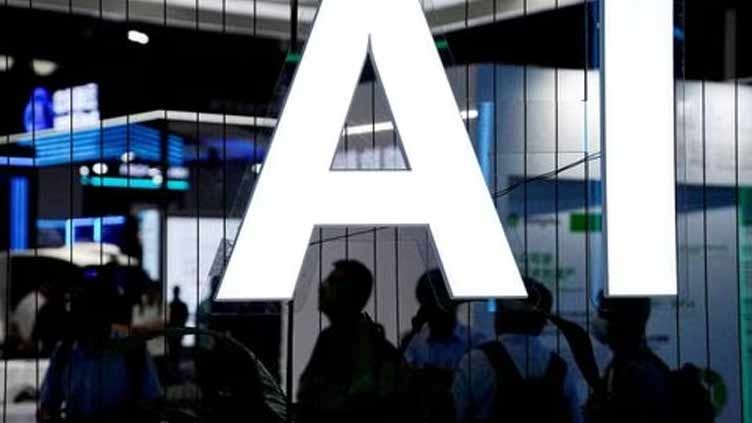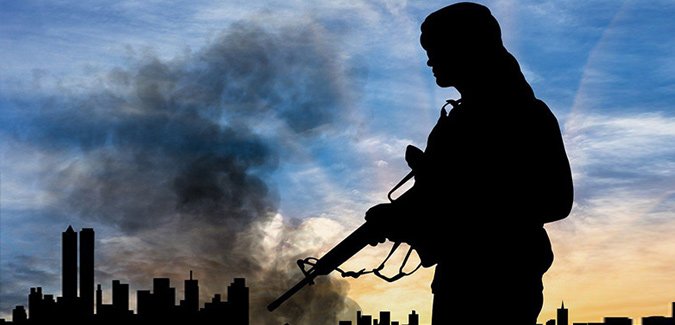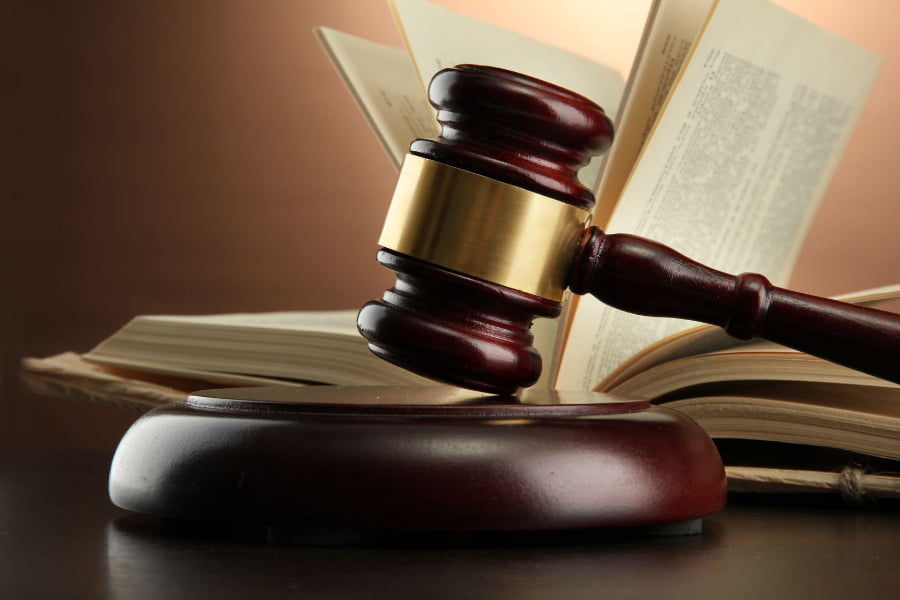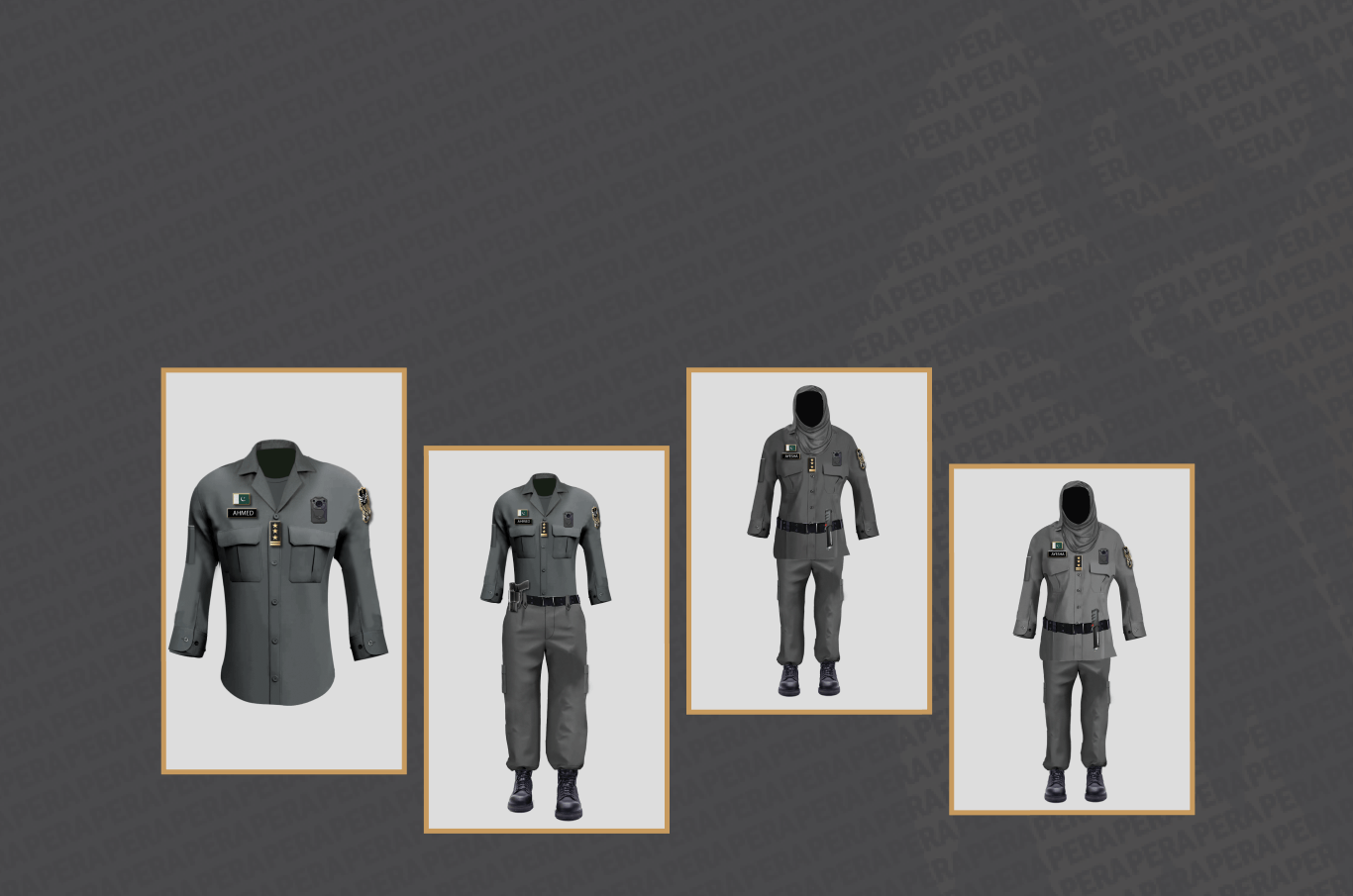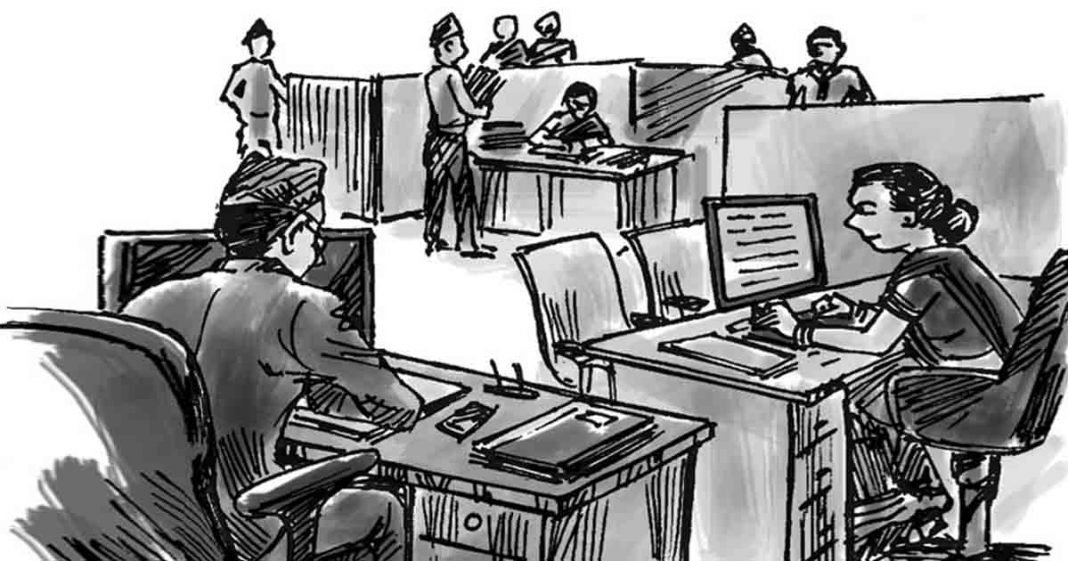By Rana Qamar
In a recent ruling that delves into the intriguing intersection of art, artificial intelligence (AI), and copyright law, a U.S. court in Washington, D.C. has set a precedent. The decision, delivered by U.S. District Judge Beryl Howell, asserts that artworks entirely crafted by AI, devoid of any human involvement, are ineligible for copyright protection under U.S. law. In essence, the ruling implies that only works with human authors can lay claim to copyrights. This verdict has solidified the stance of the Copyright Office, which had previously rejected an application submitted by computer scientist Stephen Thaler, acting on behalf of his ingenious AI creation known as DABUS.
Stephen Thaler’s brainchild, the DABUS system (an acronym for Device for the Autonomous Bootstrapping of Unified Sentience), has been at the forefront of cutting-edge developments in AI-generated art and innovation. However, this courtroom drama is not Thaler’s first brush with the legal world. He has encountered setbacks in previous attempts to secure U.S. patents for inventions he insists were generated by the autonomous ingenuity of DABUS.
This ruling resonates far beyond the confines of a courtroom. It reverberates throughout the burgeoning realm of generative AI, a domain that has unfurled a tapestry of complex intellectual property questions. Notably, Thaler’s plight is not an isolated instance. He has cast a wide net, extending his pursuit of DABUS-generated patents to an array of nations, including the United Kingdom, South Africa, Australia, and Saudi Arabia. Yet, the reception has been lukewarm at best, highlighting the intricate global patchwork of AI and copyright regulation.
The legal battle’s protagonist, Stephen Thaler, expressed strong dissent in the wake of this decision. His attorney, Ryan Abbott, mirrored this sentiment and promptly announced their intention to appeal. On the other side of the courtroom, the Copyright Office defended the ruling, asserting that it aligns with their interpretation of the law. Amidst this legal turbulence, the domain of generative AI finds itself in uncharted territory, grappling with profound questions surrounding authorship, creativity, and the legal rights of AI systems.
The intersection of art and artificial intelligence is an arena where human ingenuity converges with computational creativity. It’s a space where the boundaries of authorship blur, inviting us to ponder the essence of creativity and the rights bestowed upon creations that originate from the minds of machines. In this judicial saga, the spotlight shines on DABUS, an AI entity that has been tirelessly churning out works of art and innovation. Yet, the debate hinges on whether these creations are deserving of copyright protection.
Judge Beryl Howell’s ruling emphasizes a fundamental principle embedded in U.S. copyright law – that creative endeavors are the product of human agency and, therefore, the sole domain of human copyright holders. This notion is deeply ingrained in the legal fabric that governs artistic expressions. In this view, copyright protection is a reward for human creativity, an incentive to foster innovation and artistic exploration.
However, the rise of generative AI introduces a perplexing twist. These AI systems, like DABUS, are not mere calculators executing predefined algorithms. They exhibit an element of autonomy, an ability to generate content that is not explicitly programmed. In this sense, they tread into the realm of creativity, albeit in a different form. They are not mimics but creators in their own right, albeit creators born from lines of code.
Ryan Abbott, the attorney representing Stephen Thaler, passionately argues that denying copyright to AI-generated works hinders progress and innovation. He asserts that such a stance stifles the growth of AI technology by withholding the recognition and protection that could incentivize AI developers to push the boundaries of machine creativity even further. It’s a perspective that pivots on the belief that AI, as a tool of human ingenuity, should be allowed to carry its own torch in the realm of intellectual property.
The implications of this ruling ripple across various facets of the AI landscape. While it directly addresses the copyright eligibility of AI-generated art, it raises broader questions about the legal and ethical status of AI systems. How should we define the creative capacity of AI, and where should we draw the line between human and machine authorship? In navigating these complex waters, society grapples with the emergence of a new creative paradigm, one in which the distinction between artist and algorithm becomes increasingly nuanced.
Moreover, this decision could potentially set a precedent for AI’s role in other domains beyond art. As AI systems continue to advance, they may become central to scientific discoveries, medical breakthroughs, and technological innovations. If AI-generated inventions and discoveries were to face similar copyright limitations, it could have profound ramifications for the pace of technological progress.
The intersection of artificial intelligence (AI) and creative expression is propelling us into uncharted territory in the realm of copyright law. U.S. District Judge Beryl Howell recently weighed in on this evolving landscape, highlighting the challenges that lie ahead. While acknowledging the profound impact of AI on the creative process, Judge Howell made it unequivocally clear that not all new frontiers are ripe for the reimagining of existing legal frameworks.
In her thought-provoking remarks, Judge Howell emphasized that the case before her was not as intricate as the broader questions posed by AI’s increasing presence in the world of art. The case revolved around an application filed by computer scientist Stephen Thaler in 2018. Thaler sought copyright protection for a piece of visual art titled “A Recent Entrance to Paradise,” contending that it was the fruit of his AI system’s labor, devoid of any human involvement.
The U.S. Copyright Office had rebuffed Thaler’s application, asserting that creative works must bear the unmistakable imprint of human authorship to warrant copyright protection. In the eyes of the Copyright Office, the act of creation itself must be a distinctly human endeavor, and AI systems, however ingenious, cannot ascend to the stature of creators in the eyes of the law.
Thaler, undeterred by the Copyright Office’s decision, took the matter to federal court. His legal argument hinged on the idea that the requirement of human authorship is not a rigid and inviolable legal doctrine. Instead, he posited that copyright law should evolve to encompass AI-generated works, aligning itself with the core tenets enshrined in the U.S. Constitution. Thaler framed his case as an endeavor to uphold the constitutional mandate to “promote the progress of science and useful arts.”
In this high-stakes legal battle, the heart of the matter lies in the essence of creativity itself. Judge Howell’s ruling resonates with a rich historical backdrop, rooted in centuries of legal precedent. She underscores that human authorship stands as a bedrock requirement of copyright law, a principle etched into the annals of legal understanding.

Check out our monthly English and Urdu magazines on Homepage
However, the lightning-fast evolution of AI blurs the lines between creativity and computation. AI systems like Thaler’s DABUS, an acronym for Device for the Autonomous Bootstrapping of Unified Sentience, are not mere calculators executing predefined algorithms. They exhibit a degree of autonomy, an ability to generate content that transcends the confines of preprogrammed instructions. In this sense, they chart a new frontier where the boundaries between creator and creation blur.
Thaler’s legal argument resonates with a vision of AI as a tool of human ingenuity. He posits that AI, as an extension of human creativity, should be entitled to a slice of the copyright pie. By enabling AI to hold copyrights, we could provide the necessary incentives for AI developers to push the boundaries of machine creativity further.
The implications of this ruling cascade across various dimensions. Beyond the immediate context of AI-generated art, it raises profound questions about the legal and ethical status of AI systems. Can machines be considered authors? Should AI creations be afforded the same legal protections and rights as those crafted by human hands and minds? These are questions that society must grapple with as we navigate this evolving landscape.
Moreover, the decision holds implications for the broader landscape of technological innovation. AI is not confined to the realm of art alone. It permeates fields as diverse as scientific discovery, medical breakthroughs, and technological advancement. If AI-generated inventions and discoveries are deprived of copyright protection, it could potentially stifle innovation in these domains, as creators may be less inclined to invest time and resources in AI-driven research and development.
The legal battle surrounding AI and copyright is far from over. Thaler and his legal team have indicated their intent to appeal, ensuring that this issue will continue to captivate legal scholars, AI developers, and the wider public. As we move forward, the evolving relationship between AI and copyright law compels us to reconsider our conventional notions of creativity, authorship, and the rights bestowed upon creations that originate from the minds of machines.
The role of AI in reshaping our creative landscape is undeniable. It challenges us to rethink age-old paradigms and to navigate the uncharted waters of a digital age where algorithms, alongside artists, contribute to our cultural tapestry. While the legal debate unfolds, one thing remains clear: AI’s influence on our creative endeavors is profound, and its impact on the future of copyright law is a frontier ripe for exploration.
In a swiftly evolving landscape where AI pushes the boundaries of creativity and ownership, the recent decision by the US Court in Washington reflects the intricacies of copyright law in the digital age. The ruling, denying AI systems the status of human authors for copyright purposes, sets a significant precedent with implications for artists and innovators alike. As technology continues to redefine the boundaries of art and authorship, legal debates surrounding AI’s role in creativity are poised to shape the future of intellectual property rights.
Subscribe our website for latest updates:
https://republicpolicy.com/shop/
Read More



